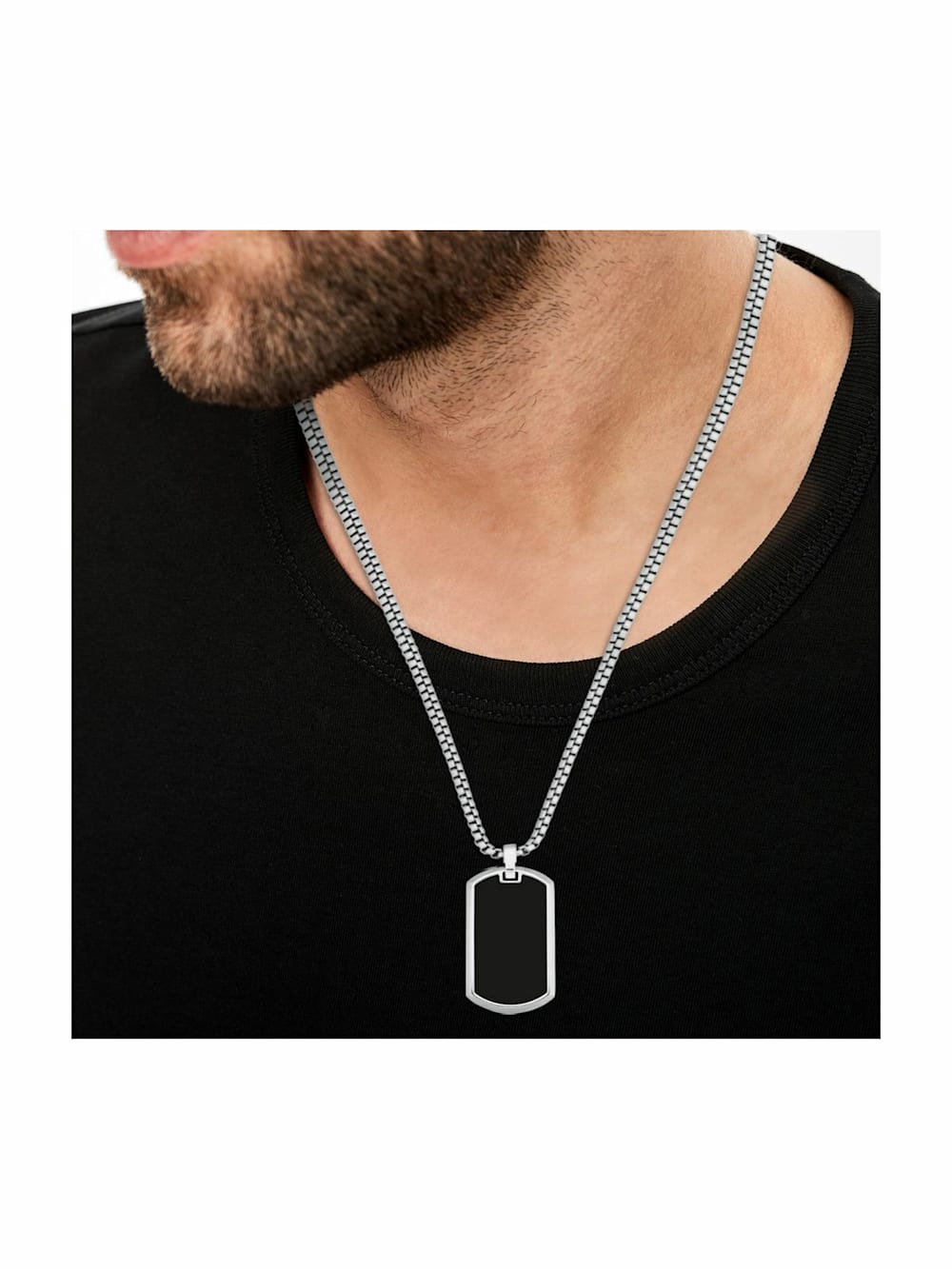
STERLL Herren Silberkette Silber 925 50cm Ohne Anhänger Eco-Verpackung Kleine Geschenke : Amazon.de: Fashion

Kaufe Männer Frauen Titan Stahl Hip Hop Paar Halskette Kubanische Kette Halskette Schlüsselbein Kette Männer Halskette | Joom

Sterll Herren Kette Silber 925 50cm Ohne Anhänger Geschenkverpackung Geschenkideen für Männer : Amazon.de
























